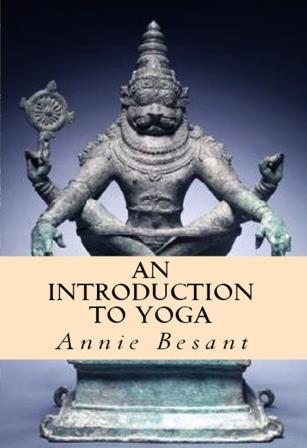
An Introduction to Yoga
THE NATURE OF YOGA
In this first discourse we shall concern ourselves with the gaining of a general idea of the subject of Yoga, seeking its place in nature, its own character, its object in human evolution.
More Search Results...

THE NATURE OF YOGA
In this first discourse we shall concern ourselves with the gaining of a general idea of the subject of Yoga, seeking its place in nature, its own character, its object in human evolution.
THE NATURE OF YOGA
In this first discourse we shall concern ourselves with the gaining of a general idea of the subject of Yoga, seeking its place in nature, its own character, its object in human evolution.
THE MEANING OF THE UNIVERSE:
Let us, first of all, ask ourselves, looking at the world around us, what it is that the history of the world signifies. When we read history, what does the history tell us? It seems to be a moving panorama of people and events, but it is really only a dance of shadows; the people are shadows, not realities, the kings and statesmen, the ministers and armies; and the events the battles and revolutions, the rises and falls of states Äare the most shad-owlike dance of all. Even if the historian tries to go deeper, if he deals with economic conditions, with social organisations, with the study of the tendencies of the currents of thought, even then he is in the midst of shadows, the illusory shadows cast by unseen realities. This world is full of forms that are illusory, and the values are all wrong, the proportions are out of focus. The things which a man of the world thinks valuable, a spiritual man must cast aside as worthless.
The diamonds of the world, with their glare and glitter in the rays of the outside sun, are mere fragments of broken glass to the man of knowledge. The crown of the king, the sceptre of the emperor, the triumph of earthly power, are less than nothing to the man who has had one glimpse of the majesty of the Self.
What is, then, real? What is truly valuable?
Our answer will be very different from the answer given by the man of the world.
"The universe exists for the sake of the Self." Not for what the outer world can give, not for control over the objects of desire, not for the sake even of beauty or pleasure, does the Great Architect plan and build His worlds. He has filled them with objects, beautiful and pleasure-giving.
The great arch of the sky above, the mountains with snow-clad peaks, the valleys soft with verdure and fragrant with blossoms, the oceans with their vast depths, their surface now calm as a lake, now tossing in fury, they all exist, not for the objects themselves, but for their value to the Self. Not for themselves because they are anything in themselves but that the purpose of the Self may be served, and His manifestations made possible.